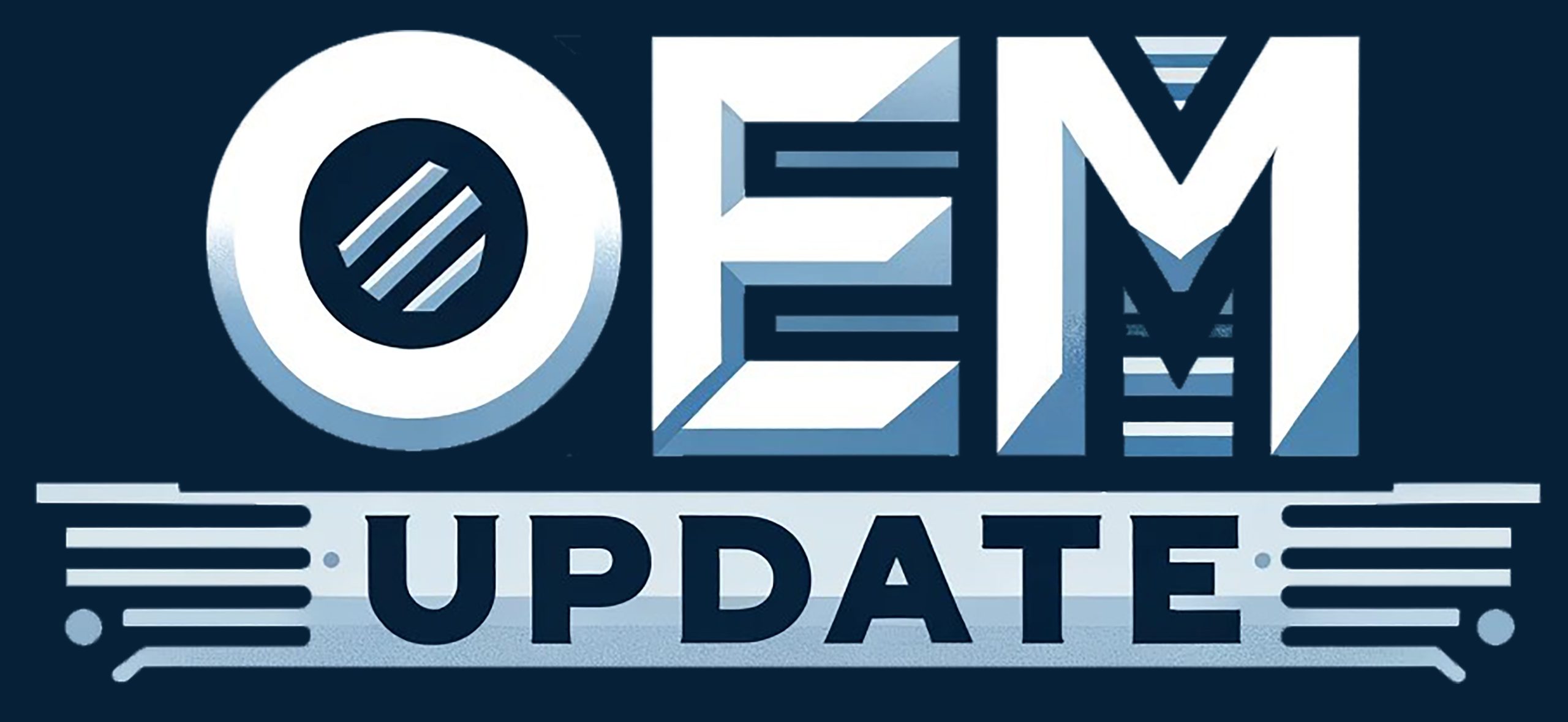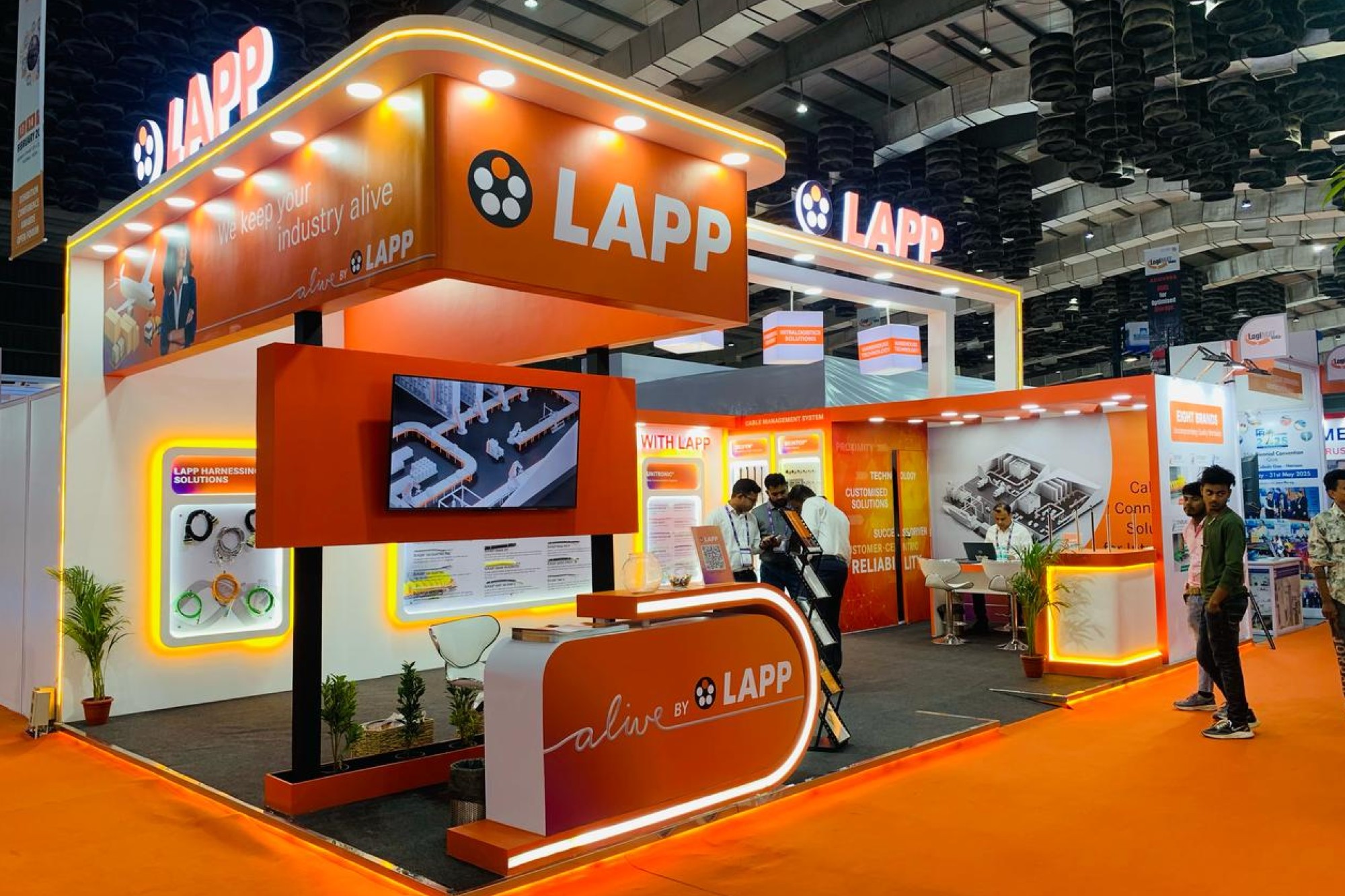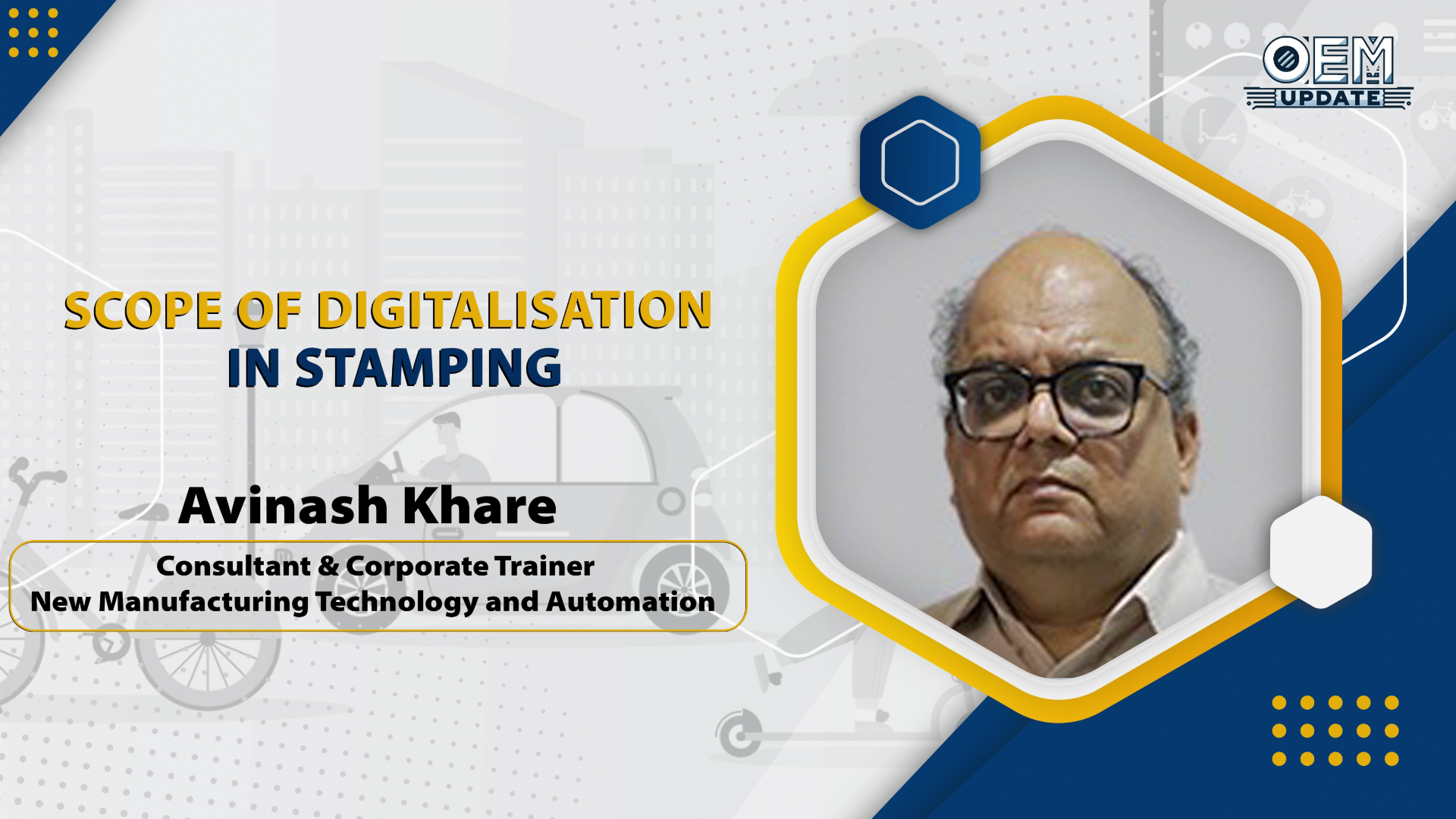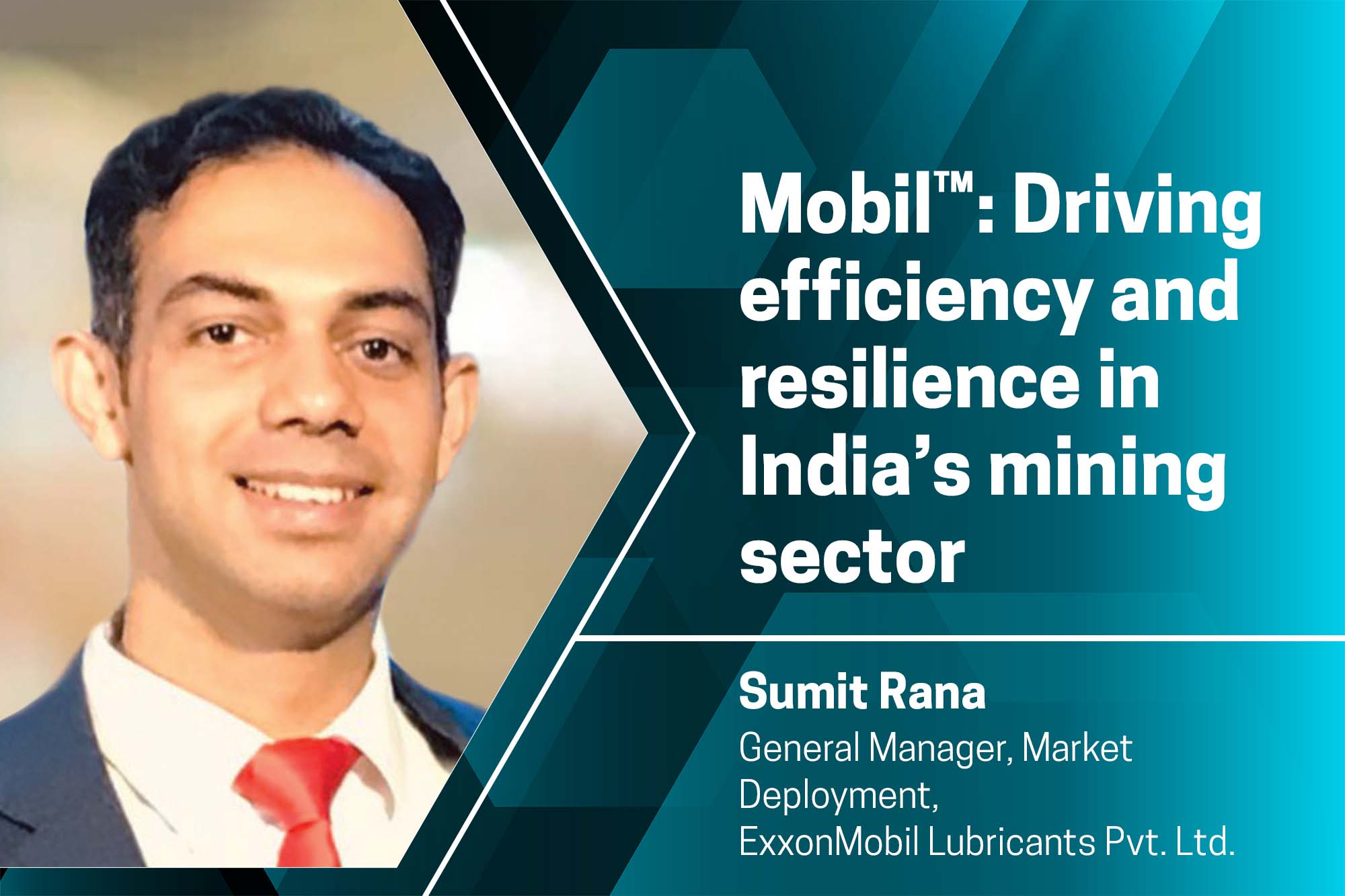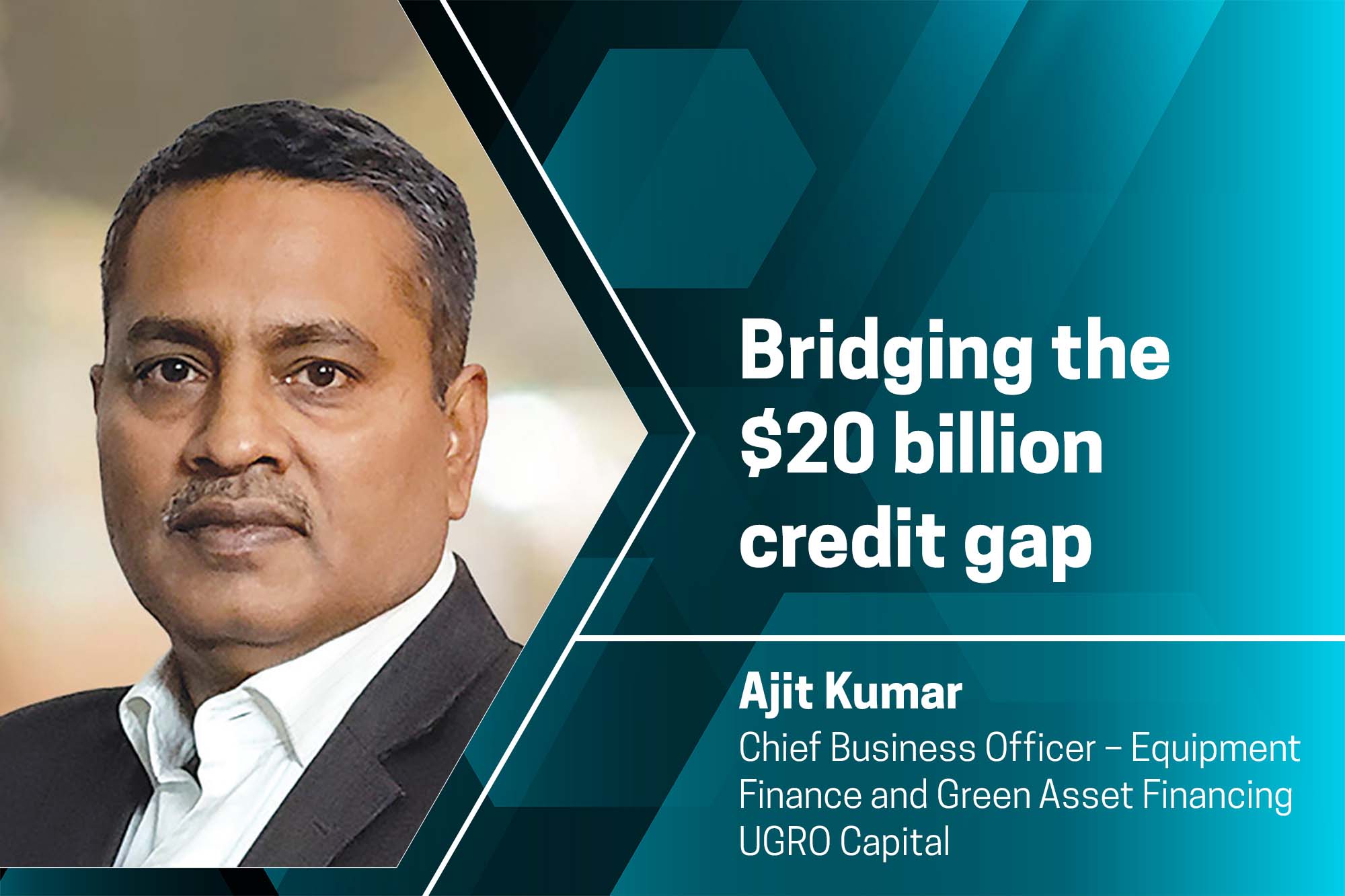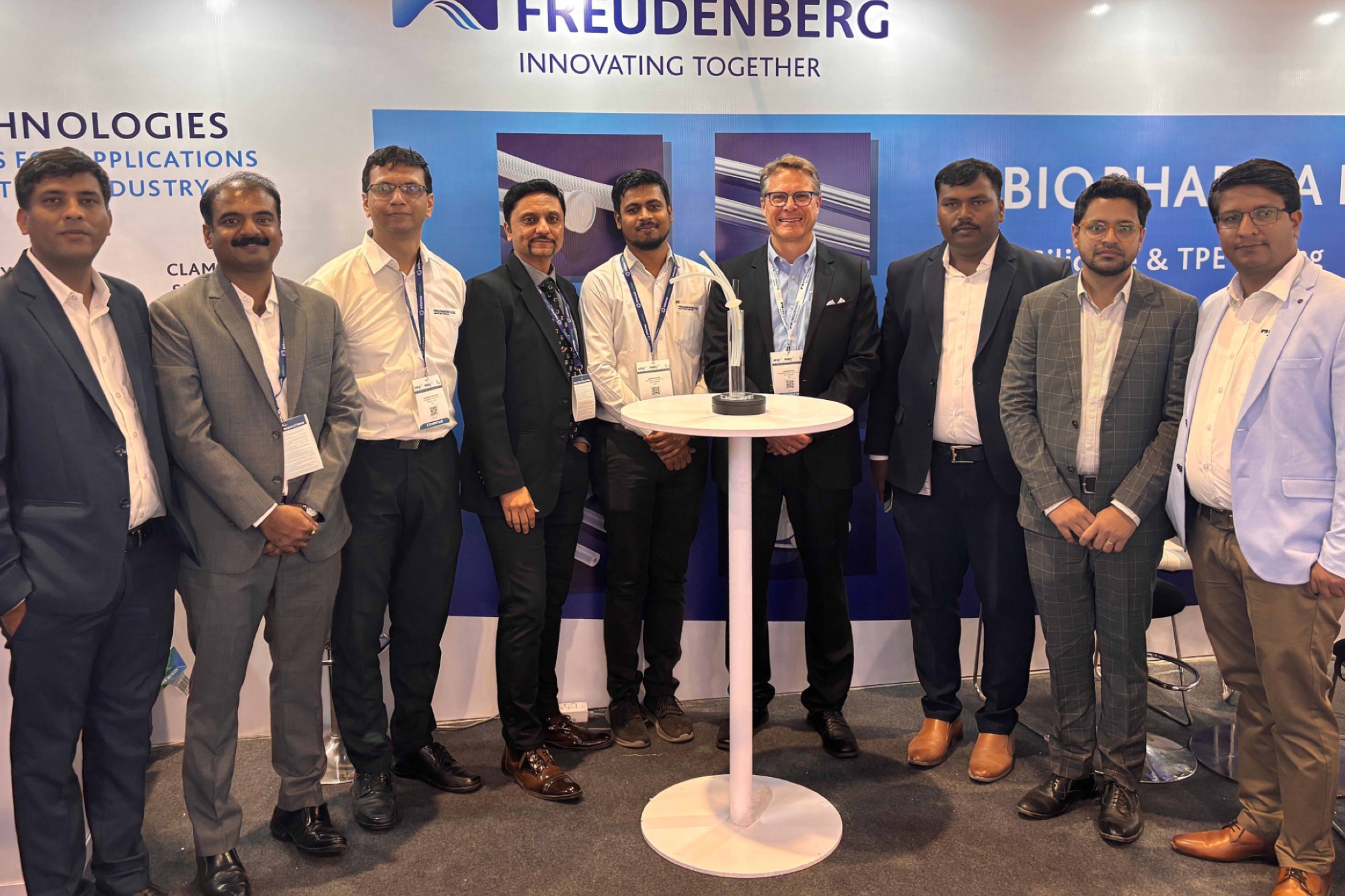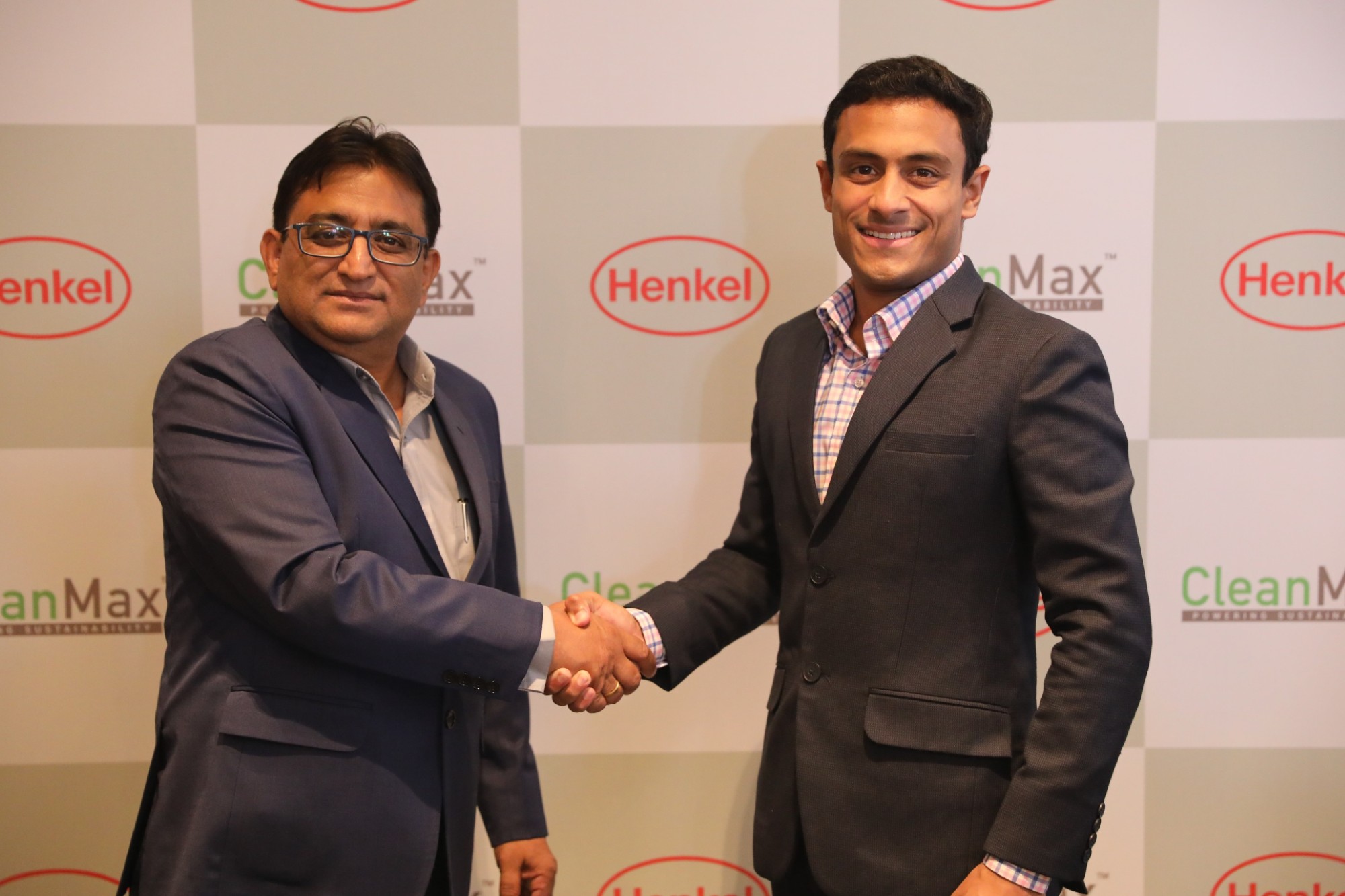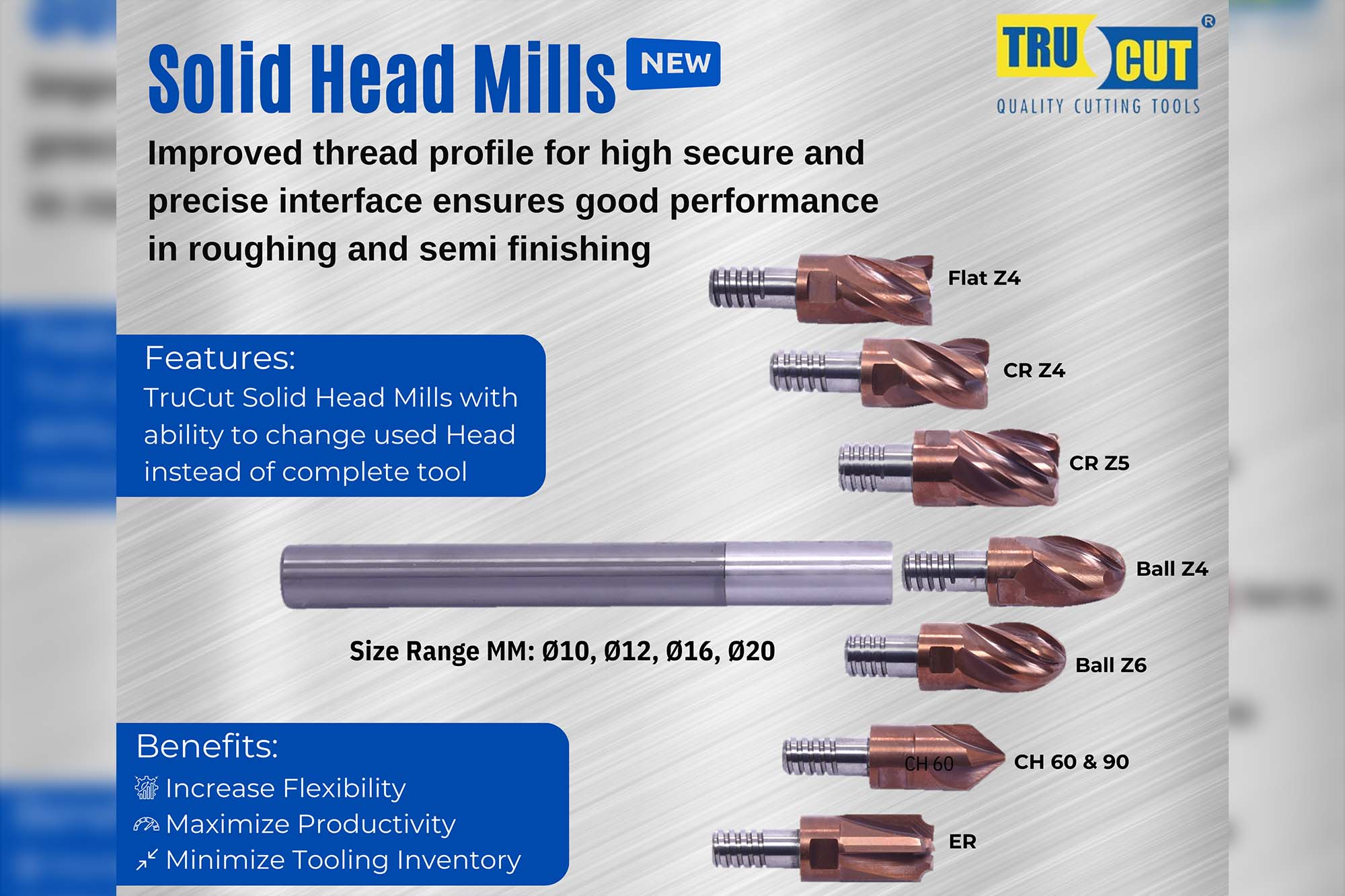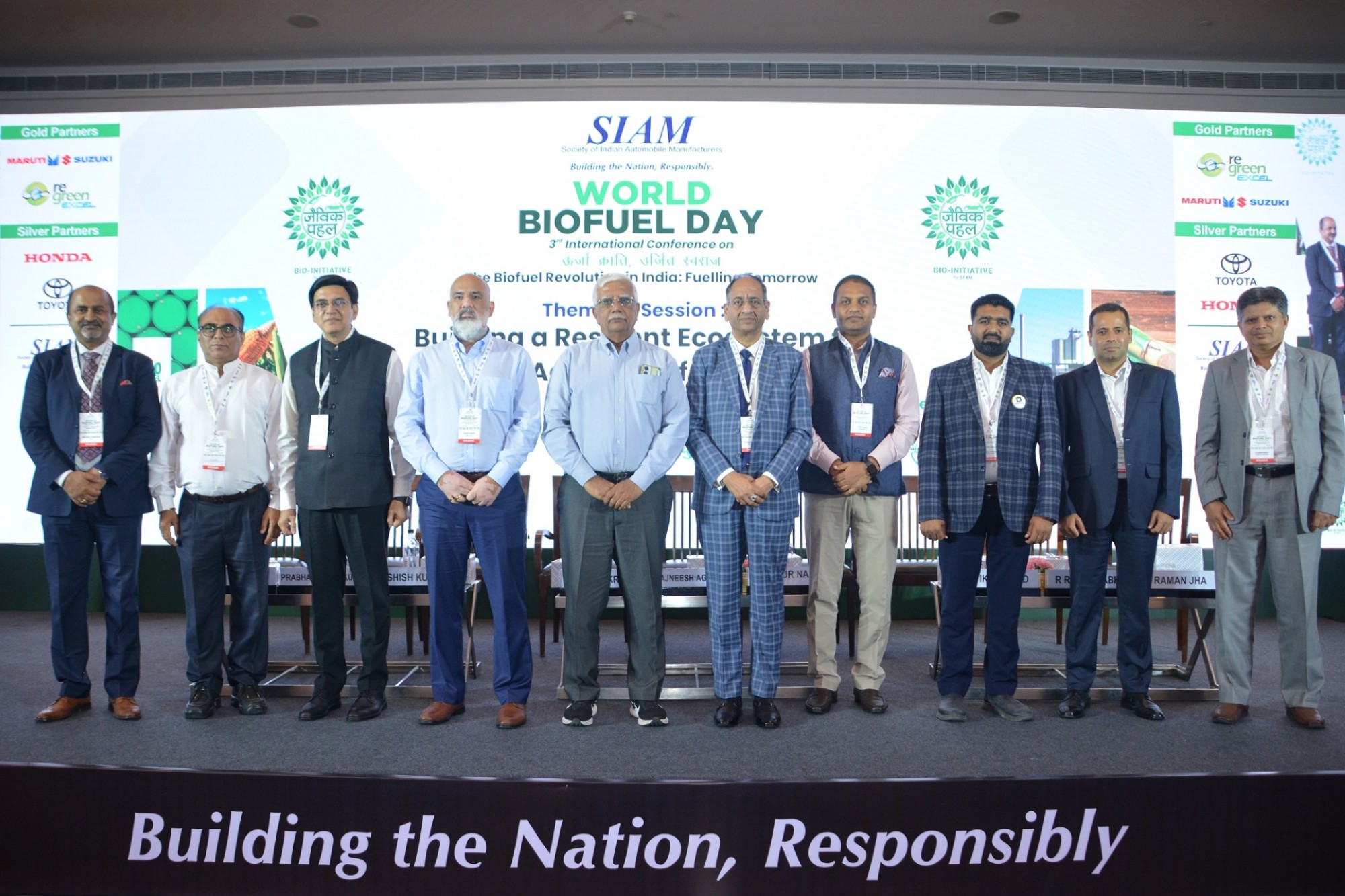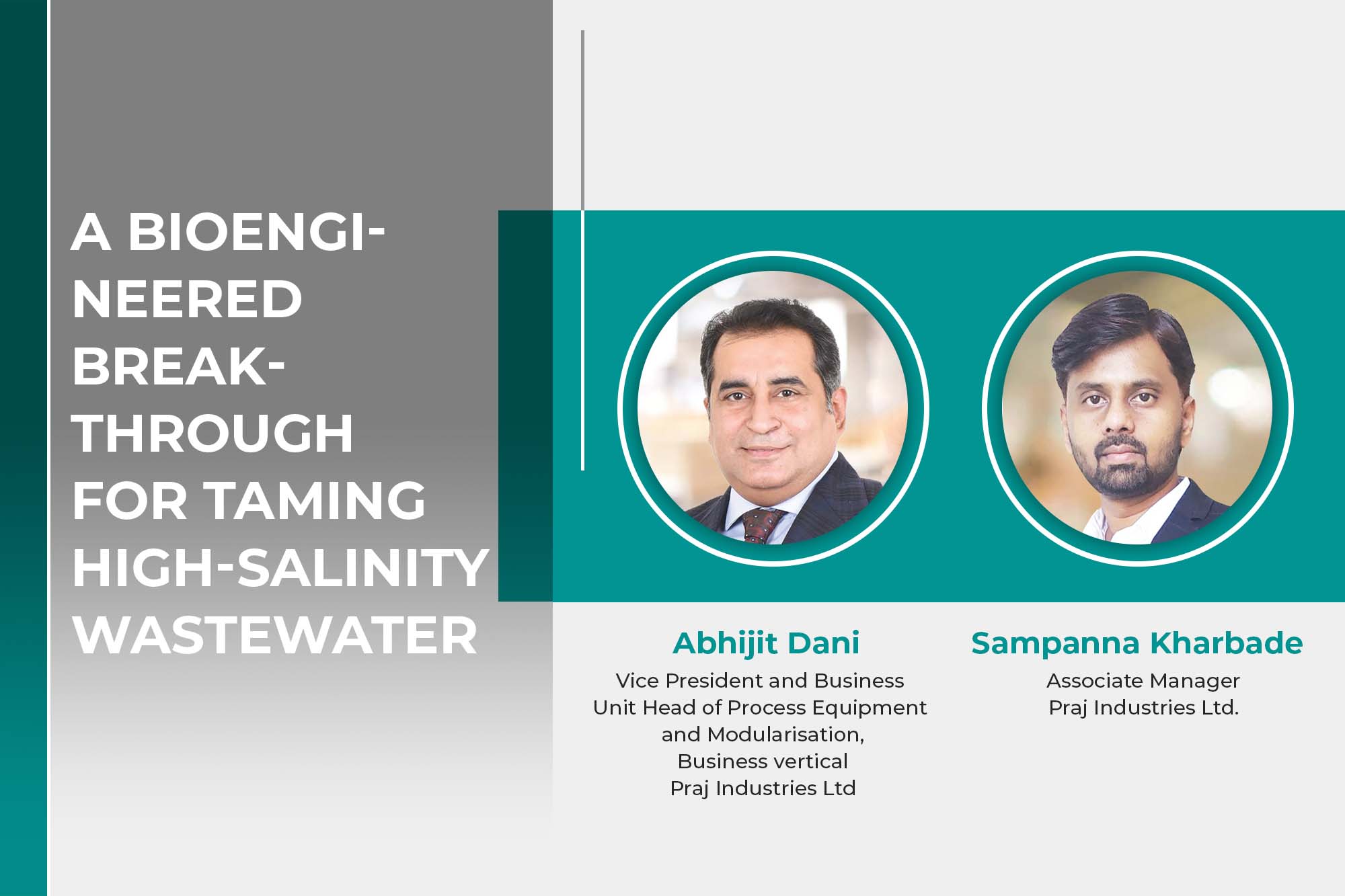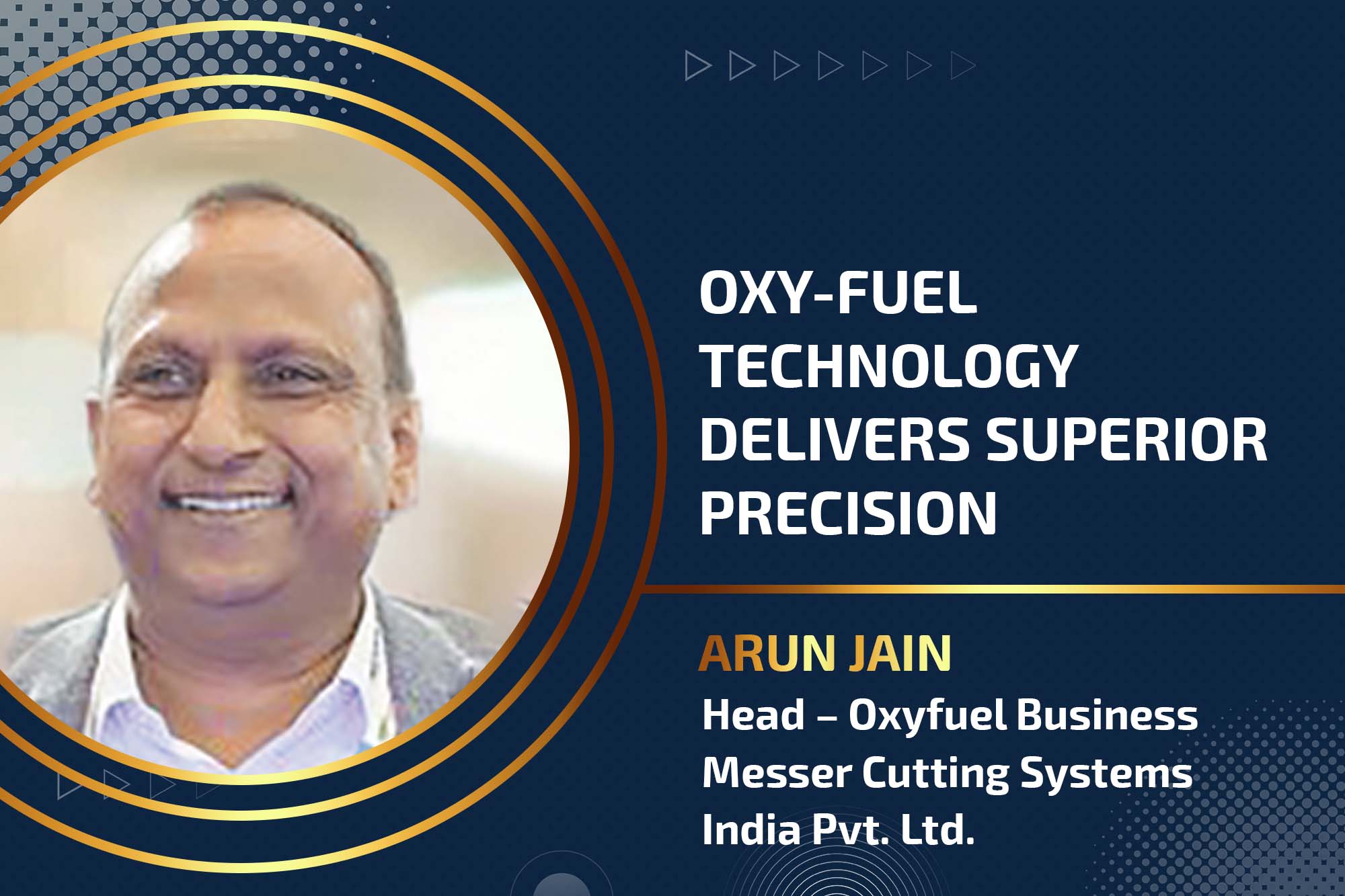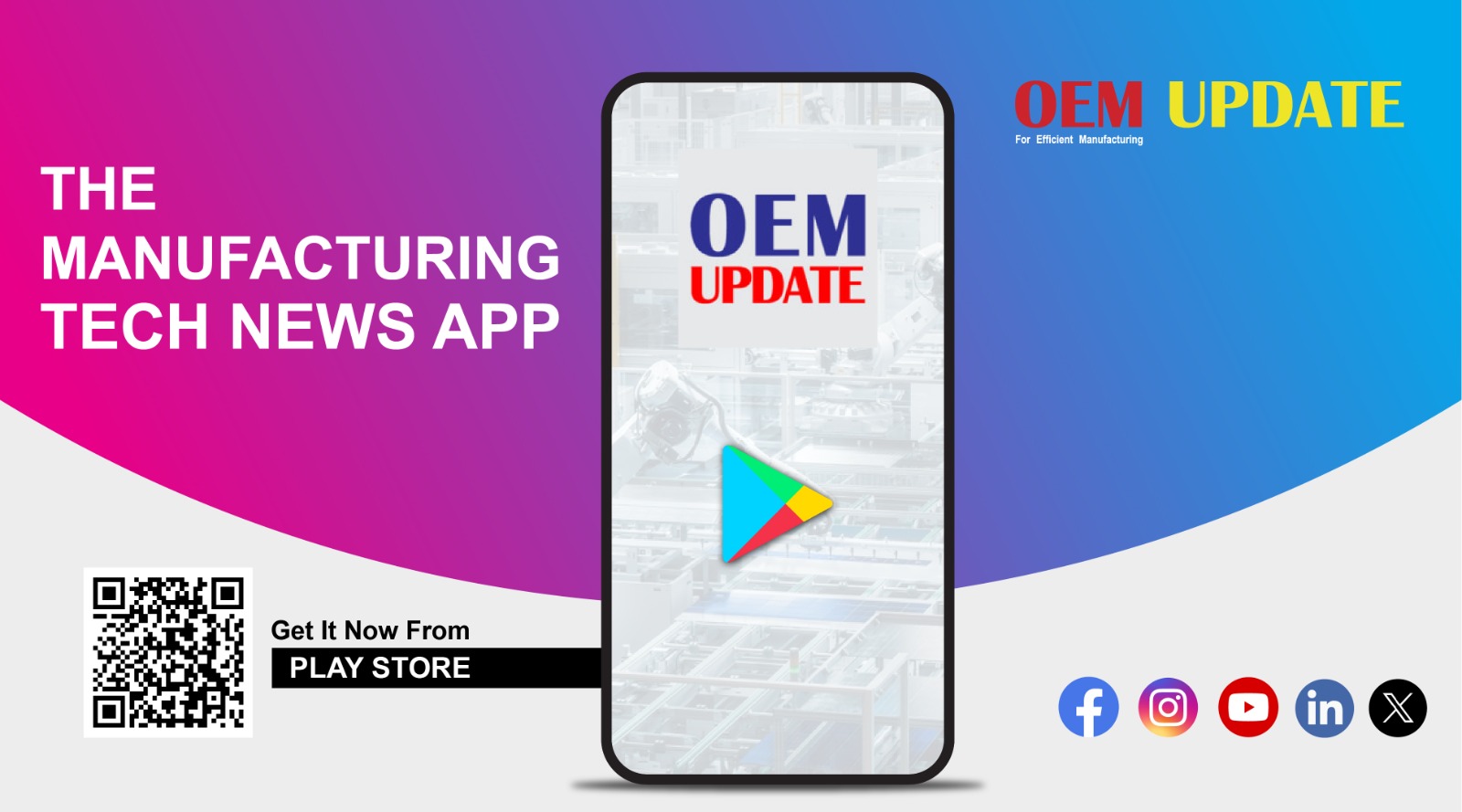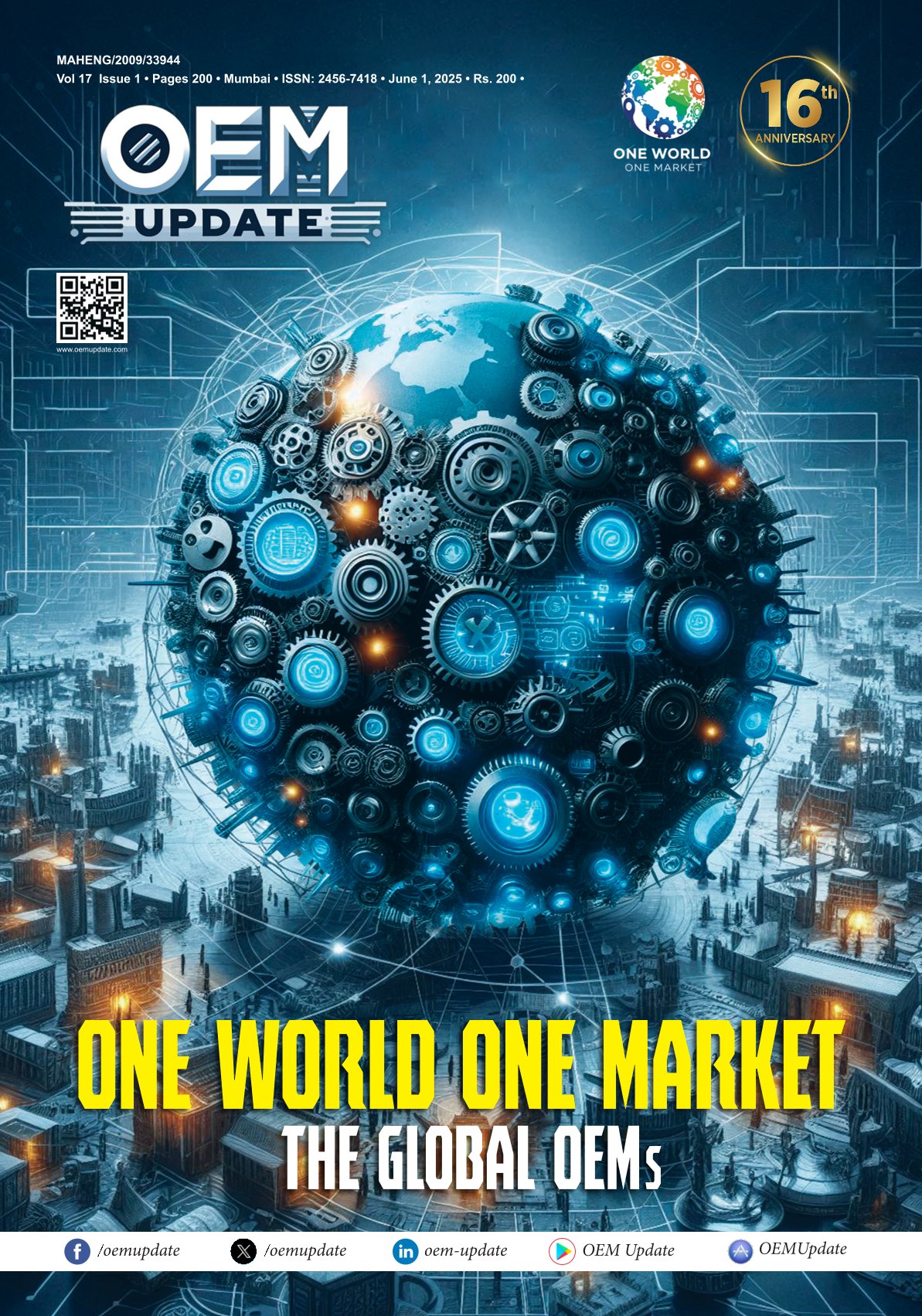3 mythbusters: how to lower energy consumption?
By admin December 17, 2012 10:36 am IST
3 mythbusters: how to lower energy consumption?
A manufacturing customer wants a machine which requires the lowest possible electrical consumption, the simplest maintenance, and a good initial functionality and price ratio. Yes, lowest energy consumption is becoming the new mantra of today’s green revolution. However, consumers are too confused with various myths that are pulling them back to implement the right strategy in saving energy as well as overall machine cost. Here we present you the mythbusters.
MYTH 1: It costs too much to be sustainable. If I invest in producing sustainable, green machines, they will become too expensive to sell.
The constraints of cost reduction, usage of resources and energy reduction are becoming key demands for manufacturing customers. As consumers apply pressure to produce more sustainable products, they demand greater transparency in producing the products.
Just because a product is made from sustainable materials does not mean other aspects of its lifecycle are considered sustainable (i.e. material sourcing, production, packaging and transportation). To market a truly sustainable product, manufacturers need machines which operate efficiently and have green lifecycles.
Furthermore, end-users have to focus on developing strategies to reduce their own operational and production costs, and look for ways to reduce energy costs at the machine level. Experience shows that simply taking an active approach to energy efficiency can provide additional energy savings without incurring additional costs.
Mechatronic machine designs alone save up to 60 per cent energy, making the machines more productive. In addition to their consumption and sustainability benefits, they also create less waste, enjoy more flexible production and provide more compactness to end-users, including fewer components, optimised power and a smaller control panel.
A good example of an OEM which has worked to incorporate energy efficiency into their machines is M-Tek. Here go its some popular strategies:• Custom-sizing components and capabilities to meet specific customer needs, allowing significant reductions in both cost and energy footprints• Concentrating on building machines with better throughput and OEE (optimal equipment efficiency), in turn enabling machines to achieve a level of energy savings on their own without increasing costs• Counselling customers to look at the total cost of ownership (TCO), allowing them to understand their energy costs year over year, exemplifying that value-added performance makes efficient machines less expensive over time.
MYTH 2: The purchase price represents the main cost of the machine. There are little to no lifecycle costs to worry about.
Cookie Consent
We use cookies to personalize your experience. By continuing to visit this website you agree to our Terms & Conditions, Privacy Policy and Cookie Policy.
